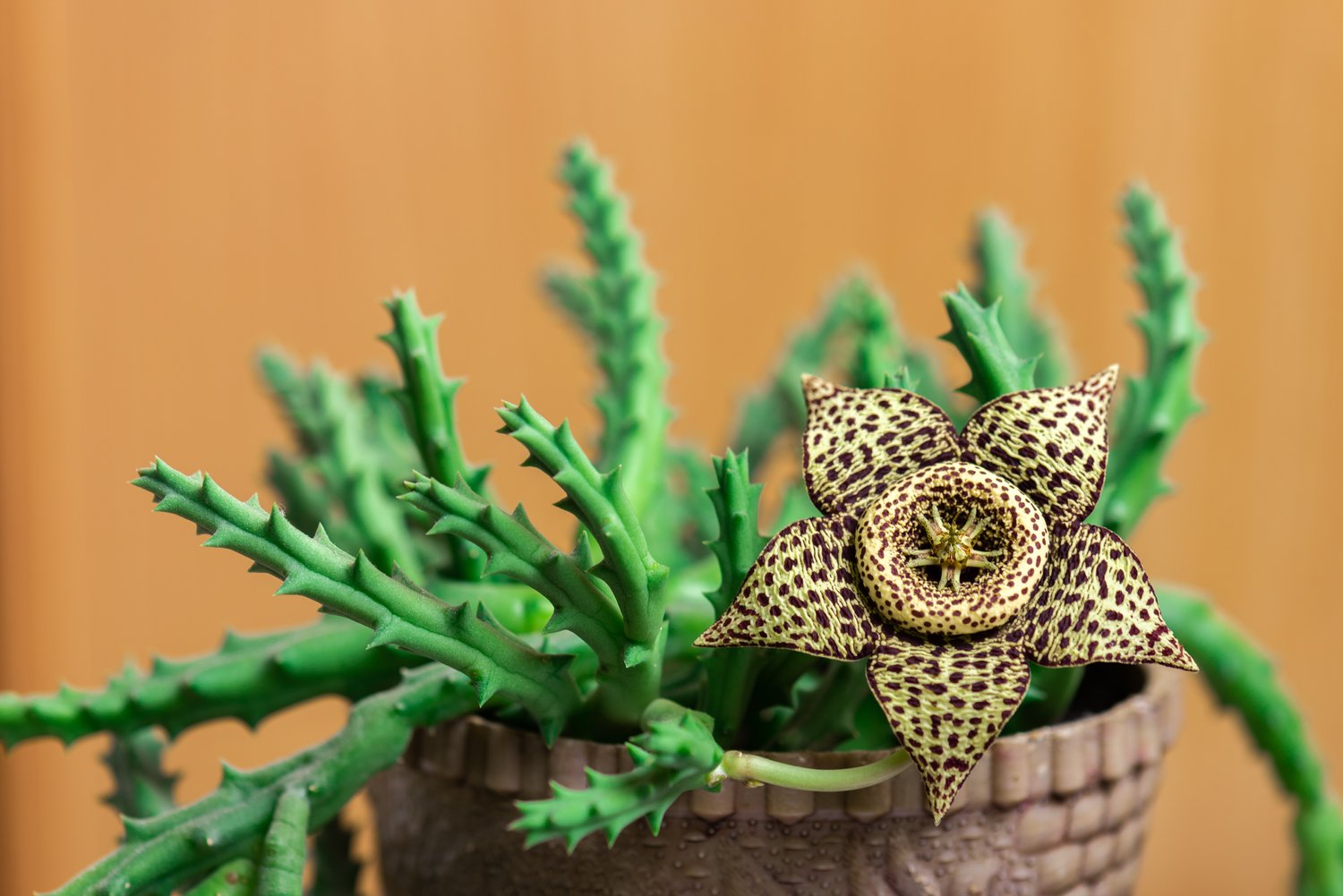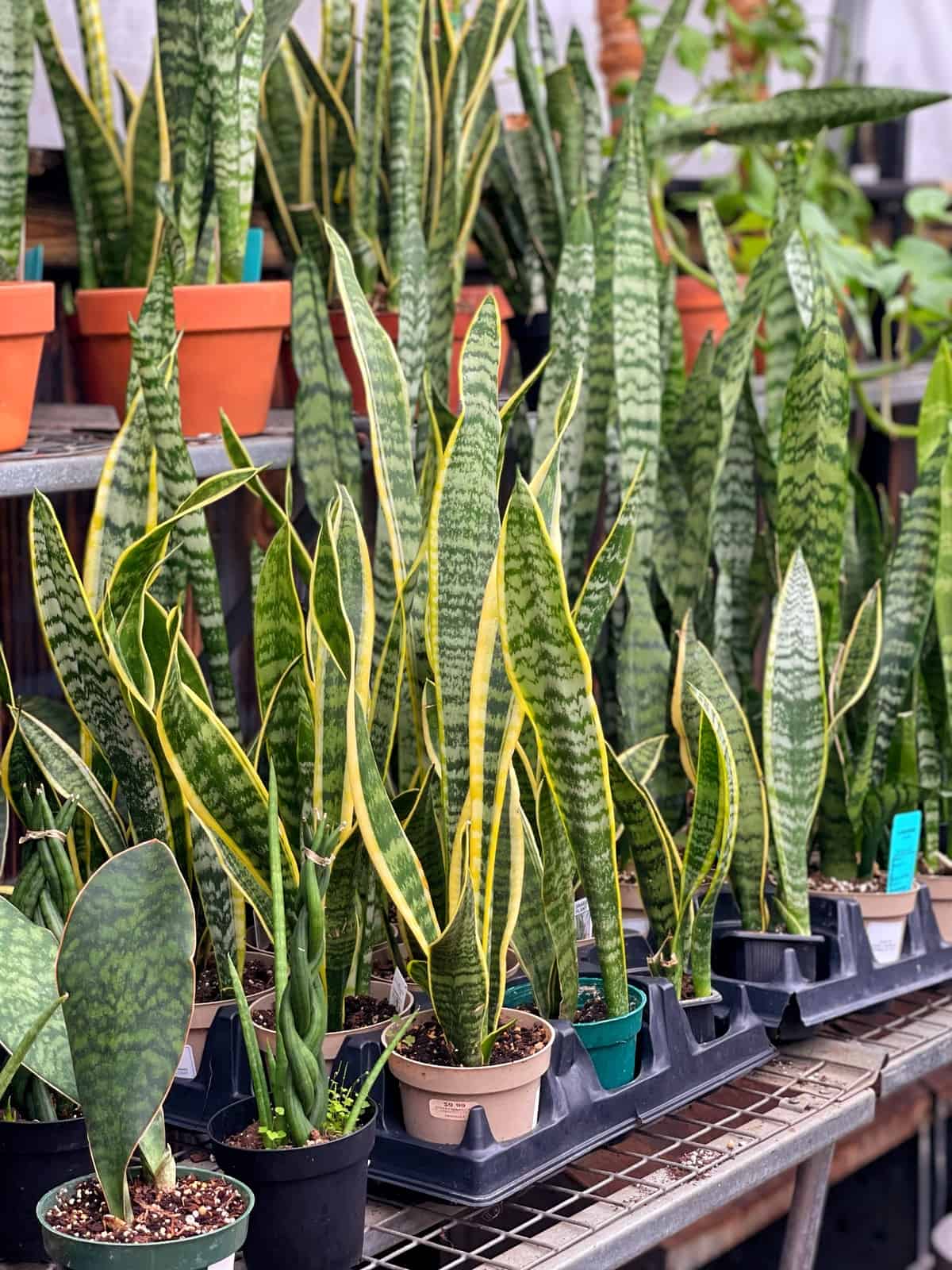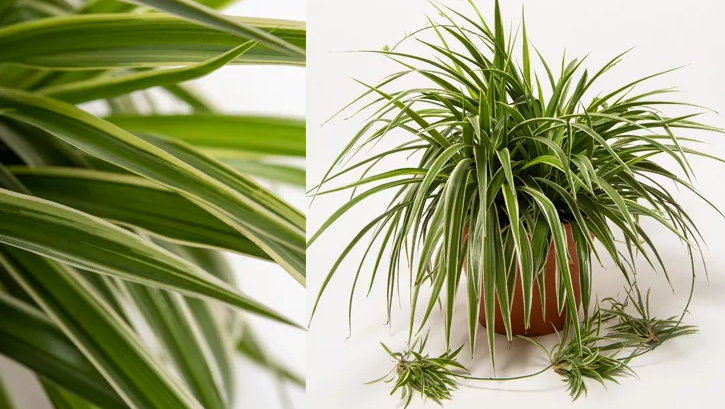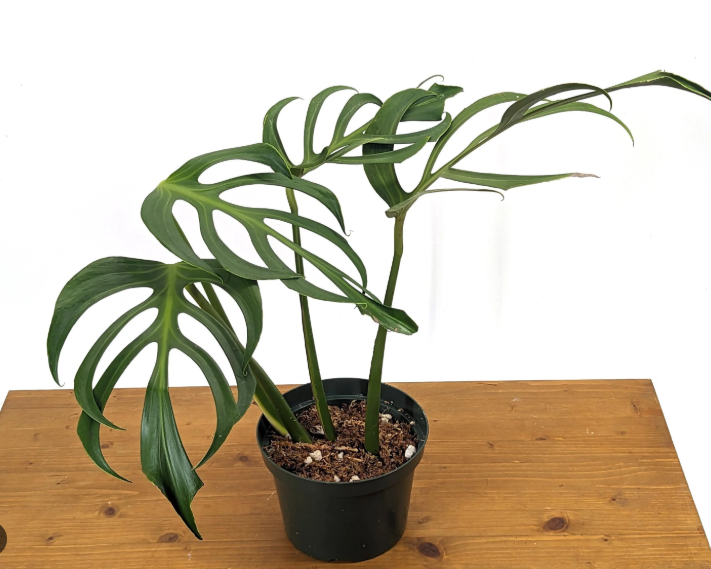Stapelia, commonly known as the Starfish Flower or Carrion Flower, is a fascinating and easy-to-grow succulent known for its star-shaped, hairy blooms and unique fragrance. Despite the odd scent (which mimics rotting meat to attract pollinators), Stapelia is a visually stunning plant that’s perfect for any succulent lover’s collection.
Here’s a complete guide to growing and caring for Stapelia successfully:
1. Choosing the Right Location
Stapelia thrives in bright, indirect sunlight. Outdoors, a partially shaded area works best—especially in hotter climates where too much direct sun can scorch its stems. Indoors, place it near a window that receives filtered sunlight, such as an east or south-facing window.
:strip_icc():format(webp)/stapelia-gigantea-99a9ed5a20d2422b933e5ce385742c52.jpg)
2. Soil Requirements
Like most succulents, Stapelia needs well-draining soil to prevent root rot. Use a cactus or succulent potting mix, or create your own blend by mixing regular potting soil with sand, pumice, or perlite. The key is to ensure excess water can drain quickly.
3. Watering Schedule
Water Stapelia sparingly. Allow the soil to dry out completely between waterings. During the growing season (spring and summer), you can water every 10–14 days. In the fall and winter, reduce watering to once a month or less. Overwatering is the most common cause of problems with Stapelia, including root rot.
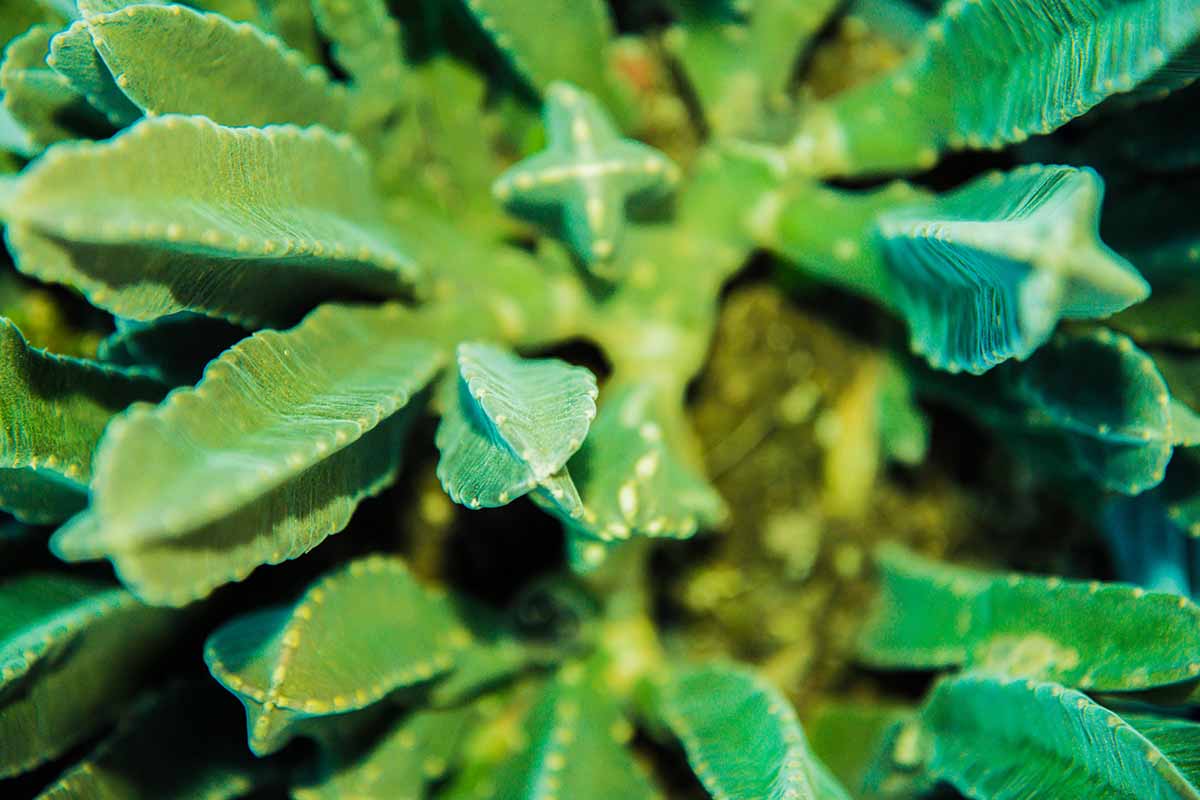
4. Temperature and Humidity
Stapelia prefers warm temperatures ranging from 65–85°F (18–29°C). It is not frost-tolerant, so if you live in a cooler climate, grow it in containers that can be moved indoors during the winter. Keep it away from drafts and cold windows. Humidity should be kept low to moderate.
5. Fertilizing
Feed Stapelia with a diluted succulent or cactus fertilizer during its active growing period—typically every 4–6 weeks in spring and summer. Avoid feeding in the fall and winter when the plant enters dormancy.
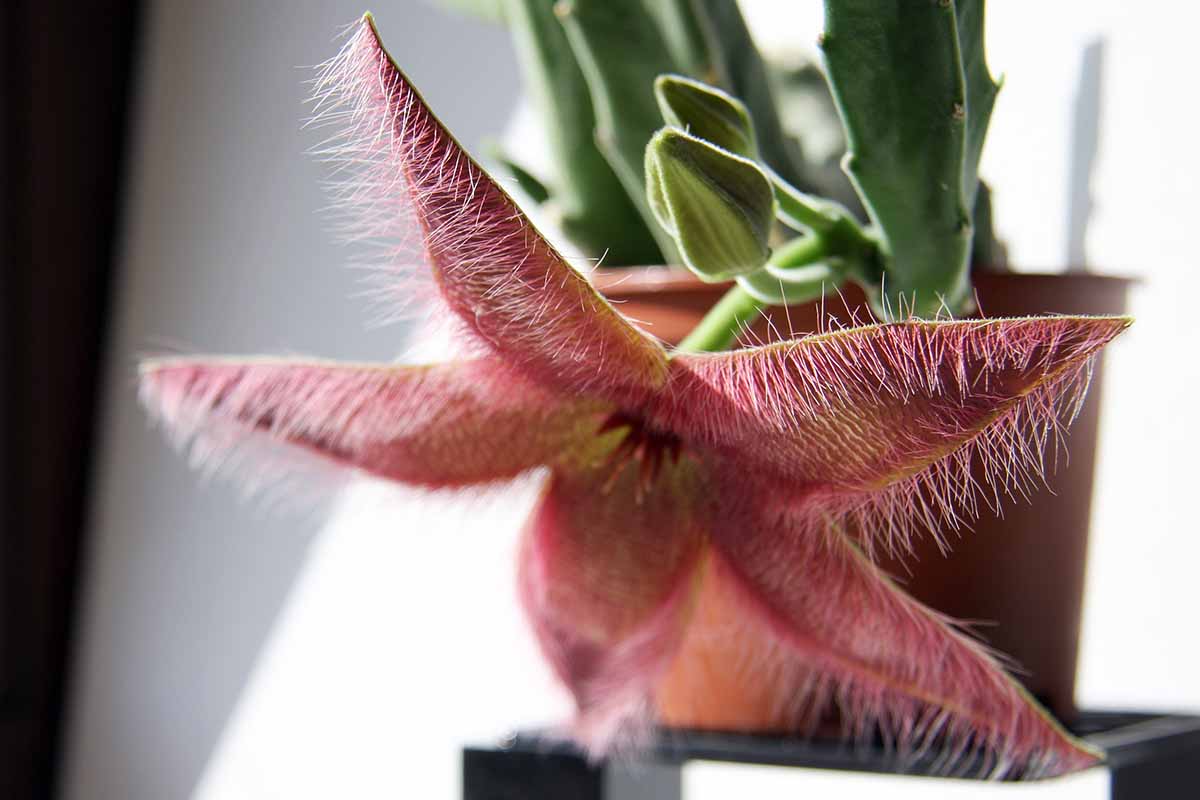
6. Potting and Repotting
Use a pot with drainage holes to prevent standing water at the bottom. Stapelia doesn’t need frequent repotting—every 2–3 years is sufficient unless it becomes root-bound. When repotting, be gentle with its soft stems, which can bruise easily.
7. Propagation
Stapelia is easy to propagate from stem cuttings. Simply cut a healthy stem, let it dry and callous over for a day or two, then plant it in dry, well-draining soil. Mist it lightly until roots develop. You can also propagate from seeds, though it’s a slower method.
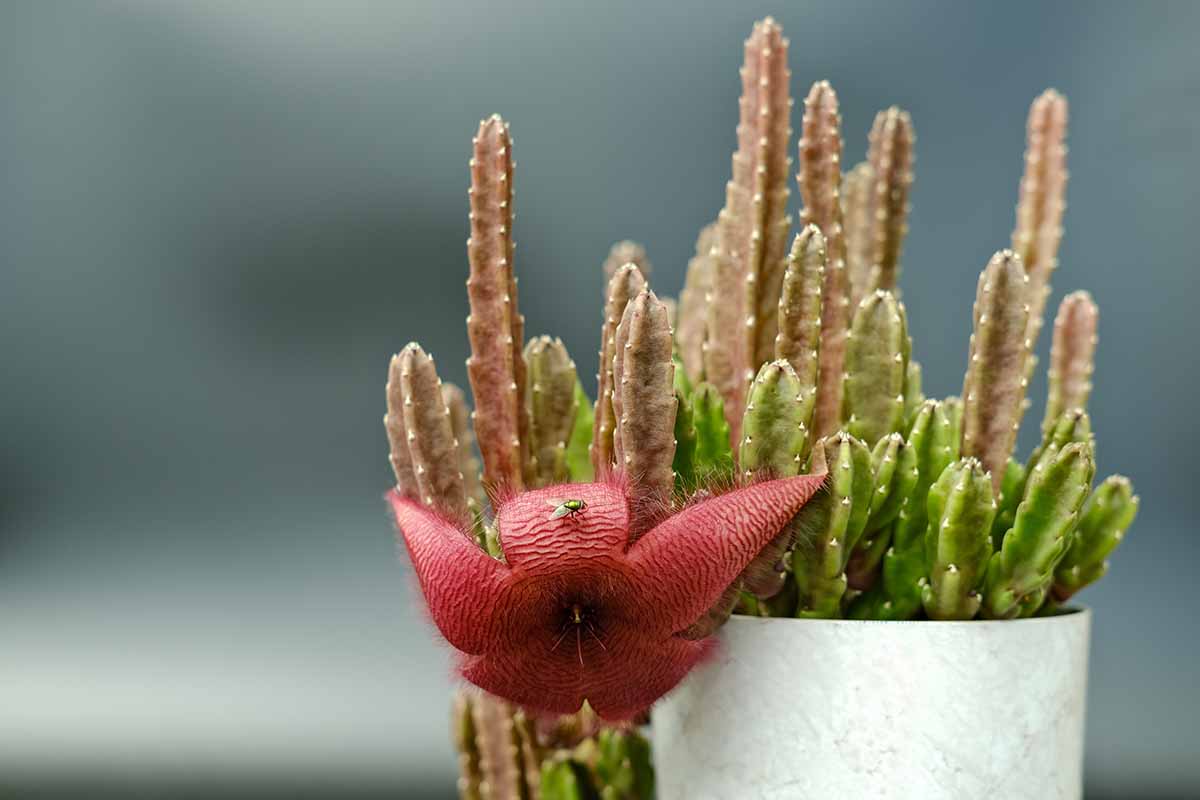
8. Flowering
With the right care, Stapelia produces large, star-shaped flowers in late summer or early fall. The blooms are striking, often with a leathery texture and intricate patterns. While the smell may be unpleasant to humans, it’s a natural marvel of pollination biology.

Final Thoughts Stapelia is a low-maintenance, visually intriguing plant that rewards patience with spectacular flowers. With just the right balance of light, water, and warmth, your Stapelia will thrive—and become a true conversation starter in your succulent collection.
